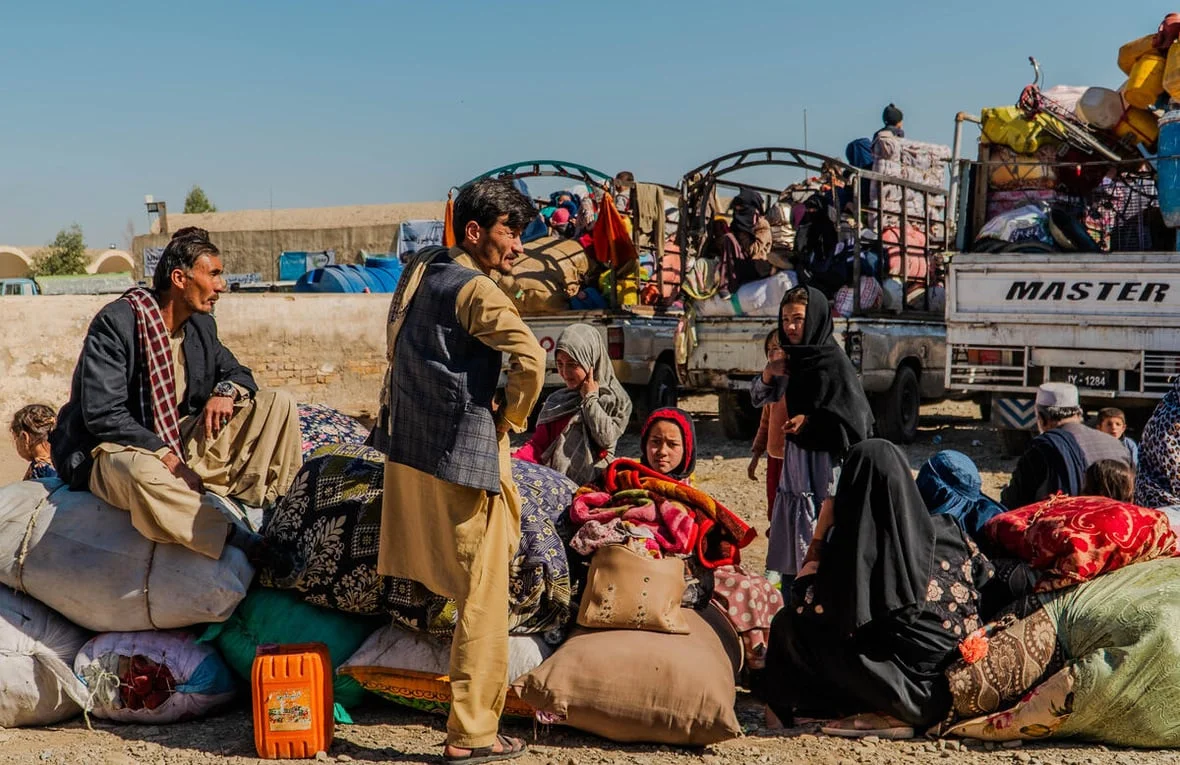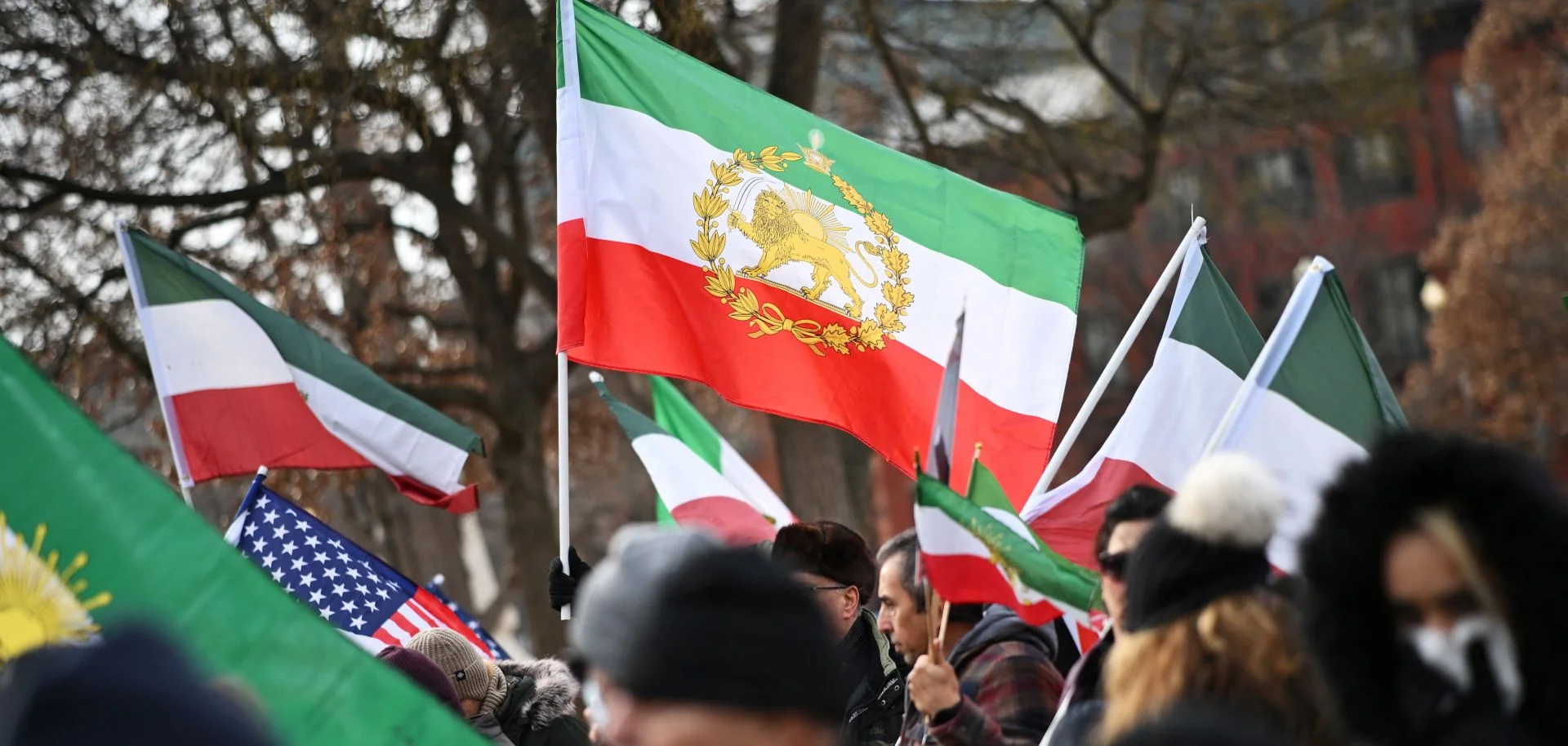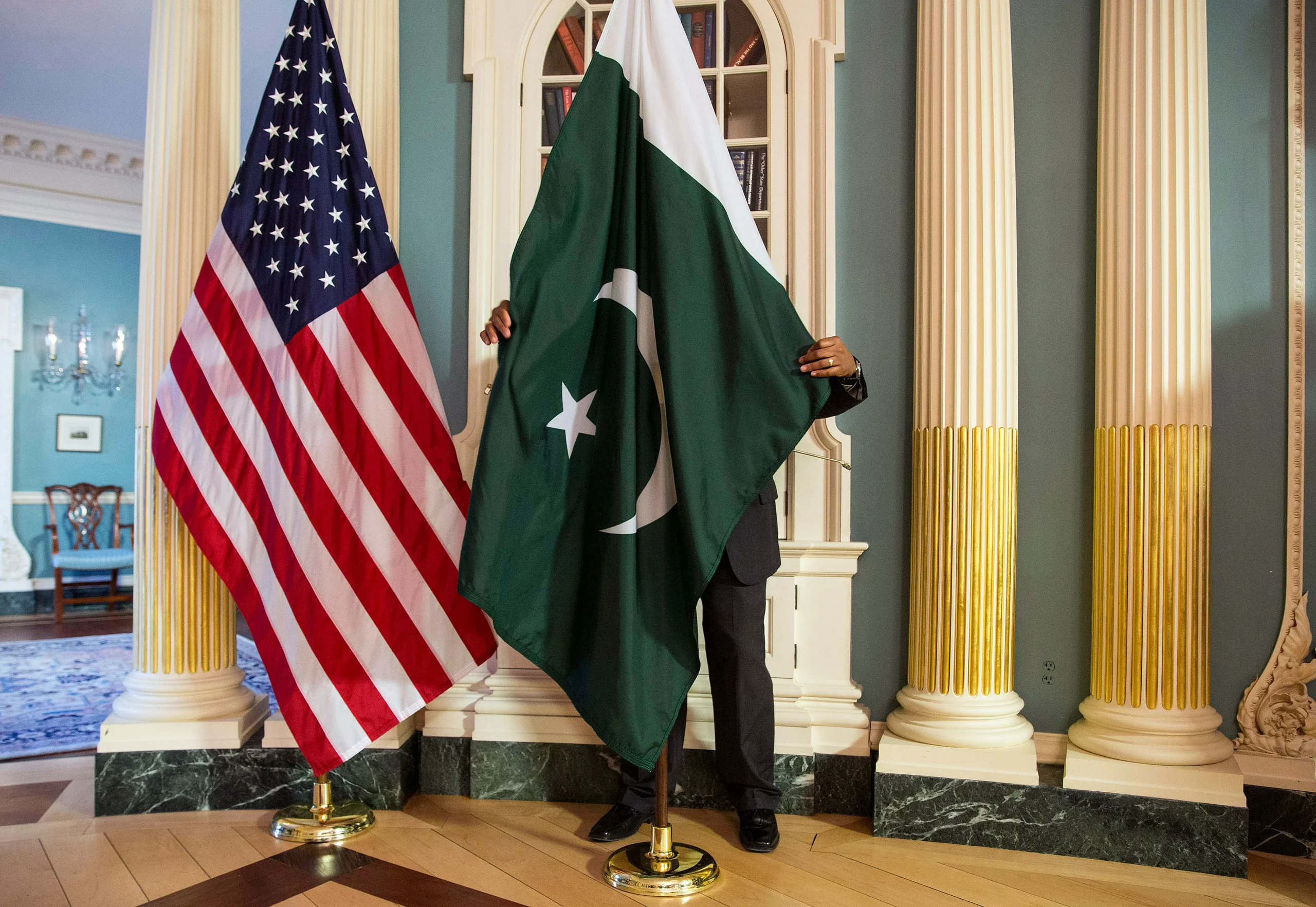A Chinese scholar once said, “Considered negatively, Afghanistan is like a lock that can cut off Central, South, and West Asia from each other. Considered positively, it is the key that can open the door to collaboration between these areas.” Additionally, the China-India-Pakistan triangle is a major regional fault line, impacting the prospects for peace, stability, and prosperity in Afghanistan. It is thus essential to comprehend the dynamics of this triangle with reference to each other and Afghanistan.
Afghanistan: The Chinese Strategy
China’s historical relationship with Afghanistan can be divided into three specific periods. Starting with estrangement during the Cold War era from 1955 to 1990, rising concern about Uighur terrorism emanating from Afghanistan between 1991 and 2000 evolved into activism in Afghan affairs following the U.S. invasion and the ensuing period from 2001 to 2020.
However, since the ignominious departure of U.S. forces from Afghanistan in August 2021, after a 20-year intervention, it has left China as the biggest regional country capable of playing a critical role in future Afghan affairs.
There are several factors that have affected and will continue to affect Chinese policy in the future. These factors involve security and stability in Xinjiang and China’s western border region; Afghanistan’s place in China’s overarching international strategy; great power politics involving the United States; and the economic value of Afghanistan. In view of these factors, Beijing has now enacted a new engagement policy toward Afghanistan that essentially involves pragmatically and cautiously accepting the Taliban as the dominant force in Afghan affairs; preventing the re-emergence of Afghanistan as a safe haven for terrorists; facilitating an inclusive politics in the country; demonstrating a greater degree of humanitarian concern; and shaming the U.S. and the West for forfeiting their responsibility.
China’s policy has therefore become more active and constructive, although it is still hemmed in by major constraints, not least its misgivings about the Taliban and its growing rivalry with the United States. China is happy to see America humbled in Afghanistan, but at the same time it does not love the Taliban. But China is ready to do business with them, which may ultimately prove to have a positive and stabilizing impact on Afghanistan.
China and Afghanistan have often affirmed their commitment to cooperate on the Belt and Road Initiative (BRI) projects and integrate Afghanistan into the China-Pakistan Economic Corridor (CPEC), one of the BRI’s key arteries. Achieving China’s economic and diplomatic goals will require successfully implementing BRI projects that not only allow China and Pakistan’s economic transformation but also assist Afghanistan in an equitable fashion. With increased connectivity and trade, Afghanistan should see benefits in terms of environmental, developmental, security, and human rights issues. In other words, legitimacy in Afghan eyes is crucial if Beijing seeks to become a problem-solver and peacemaker in Afghanistan.
The Indian Incoherence
Delhi’s policy toolbox for responding to the unfolding Afghan crisis remains limited. Throughout the recent history of their relationship with Afghanistan, India’s inconsistency of policy and purpose has lacked clear direction except where it comes to restricting Pakistan’s influence in Afghanistan and establishing consulates and other institutional bases to incite violence and export terrorism to Pakistan.
49India’s official pronouncements regarding Afghanistan’s developments usually do not reflect a well-crafted policy grounded in power realities, although it has invested considerable resources in commercial and social projects in Afghanistan and has over the years infiltrated the Afghan institutions by offering training to both civilian and military officers and offering scholarships to Afghan students at premier Indian institutions.
Initially, India was reluctant to engage with the Taliban; however, it has now opened channels of communication with some sections of the group.
One of the former Indian diplomats stated that “Indian diplomacy was truly flat-footed on openly holding talks with the Taliban, even when the group was gaining the aftermath of the American withdrawal.”
However, under the prevalent strategic and political flux in the world, in particular, the rising tensions and competition between the U.S. and China have complicated the policy choices of India in Afghanistan. India-China relations are constrained by the border dispute, and the fact that India is now the strategic partner of the U.S. in the latter’s efforts to boost India as a counterweight to China and delay its peaceful rise is making it difficult for India to engage in any meaningful political and strategic engagement with China, including in Afghanistan. In the event of an outright confrontation between China and the U.S., India will certainly find itself on the wrong foot as far as relations with China are concerned. This is particularly true when you take into consideration the fact that Pakistan is the all-weather strategic cooperative partner of China and a traditional enemy of India. Added to this are America’s tactical cooperation with Pakistan, China-Pakistan strategic coordination in Afghanistan, and the expansion of China’s power and influence in South Asia. India therefore has to continue to work with the U.S., which still has substantial sway in Afghanistan’s political and economic circles, but India will have to navigate the tricky China-U.S. competition in Afghanistan.
Pakistan: The Geostrategic Orientation
With reference to geographical location, Robert D. Kaplan said that “the word Pakistan sums up the Indian Subcontinent.” Pakistan is situated at the nexus of the four most dynamic regions of the world: China, South and South-East Asia, the Middle East, and Central Asia. Additionally, Pakistan stretches from the coastal areas of the Arabian Sea in the south to the mountains of the Karakoram Range in the north. Pakistan’s importance for the American establishment stems from its geographic location, surrounded as it is by countries that have influenced and will continue to influence U.S. foreign policy: Iran, China, Russia, Afghanistan, and India.
To navigate the quagmire of conflicting interests and to determine the strategic orientation of Pakistan vis-à-vis Afghanistan, a comprehensive and objective study of the history of Pakistan-Afghanistan is necessary. This history of bilateral relations reveals that there are deep divisions that separate the two states. A number of recurrent elements, most significant of which are sovereignty concerns, security interests, and geopolitical dynamics, have become the stubborn stumbling blocks preventing the relationship between the two brotherly Muslim countries and neighbors from developing strong bonds of friendship. At best, the relationship is nothing more than a cold tolerance defined by significant mistrust on both sides. On the other hand, cross-border links, connectivity, and trade offer opportunities for both sides to build a strong foundation for lasting and mutually beneficial cooperation and help them move beyond the three basic concerns that are preventing a better relationship.
Irrespective of the government in place in Kabul, be it the Shah, Karzai, or Ghani, and now the Taliban, the relationship with Pakistan is driven by the same themes that have historically defined bilateral ties.
Should both sides work to address these deep-seated tensions while building on cross-border connections, the relationship could become a source of stability and growth. If, however, one or both sides allow these tensions to distract from positive outreach, the result is likely to be continued or intensified mistrust and serious consequences for regional security.
Both Afghanistan and Pakistan are sensitive to real and perceived violations of sovereignty. Islamabad is most concerned with Kabul’s refusal to recognize the colonial-era Durand Line. Kabul, in turn, objects to Islamabad’s interference through both. Similarly, Pakistan views its security interests in Afghanistan predominantly through the prism of India. To avoid an encirclement scenario in which India’s influence extends from Pakistan’s eastern to western borders, Islamabad has often sought to develop “strategic depth” in Afghanistan by backing friendly governments in Kabul while limiting New Delhi’s involvement in the country.
However, it is also a fact that Pakistan’s attitude towards the Indian presence in Afghanistan has slightly changed in recent years from one of insecurity to one of reconciliation. However, it remains cautious that Afghanistan “does not provide India the space to pursue security-driven agendas against Pakistan.” On the economic front, Pakistan has been pursuing economic cooperation with Afghanistan for decades, and bilateral trade has been mutually beneficial.

Future Dynamics
The tragedy of Afghanistan is that it has been racked by continuous wars and conflicts for the past forty years, and its prospects for peace and prosperity are often at the mercy of the great powers. The tragedy of Sino-American relations with respect to Afghanistan is that their new rivalry is preventing them from launching meaningful cooperation in a country where cooperation is obviously needed and which, if successful, would help to ease their rivalry.
Also Read:The Question of Illegal Afghan Immigrants
In recent years, China has been expanding its diplomatic and economic profile in Afghanistan, with its policy evolving from being premised on “calculated indifference” to strategic engagement. Although China’s actions may be predicated on domestic compulsions, Afghanistan could also benefit in the process, especially in relation to China’s transcontinental connectivity ventures. Other considerations, like China’s geographical proximity to the war-weary country, a track record of refraining from intervening in the domestic affairs of the Afghans, and distinct strategic leverage over Pakistan, could be used by Beijing to help Afghanistan break out of the longstanding security quagmire.
How Pakistan copes with the new dynamic between the U.S. and China as well as manages the deepening crisis in Afghanistan will determine the future orientation of its foreign policy, not only with Afghanistan but also with China and the U.S.
The views expressed in this article are the author’s own. They do not necessarily reflect the editorial policy of the South Asia Times.

![Afghanistan tragedy is to have been plagued by wars and conflicts for 40 years, and its prospects for peace depend on the great powers. [Image via SAT Creatives]](https://southasiatimes.org/wp-content/uploads/2023/03/The-Geopolitical-Chessboard.webp)




